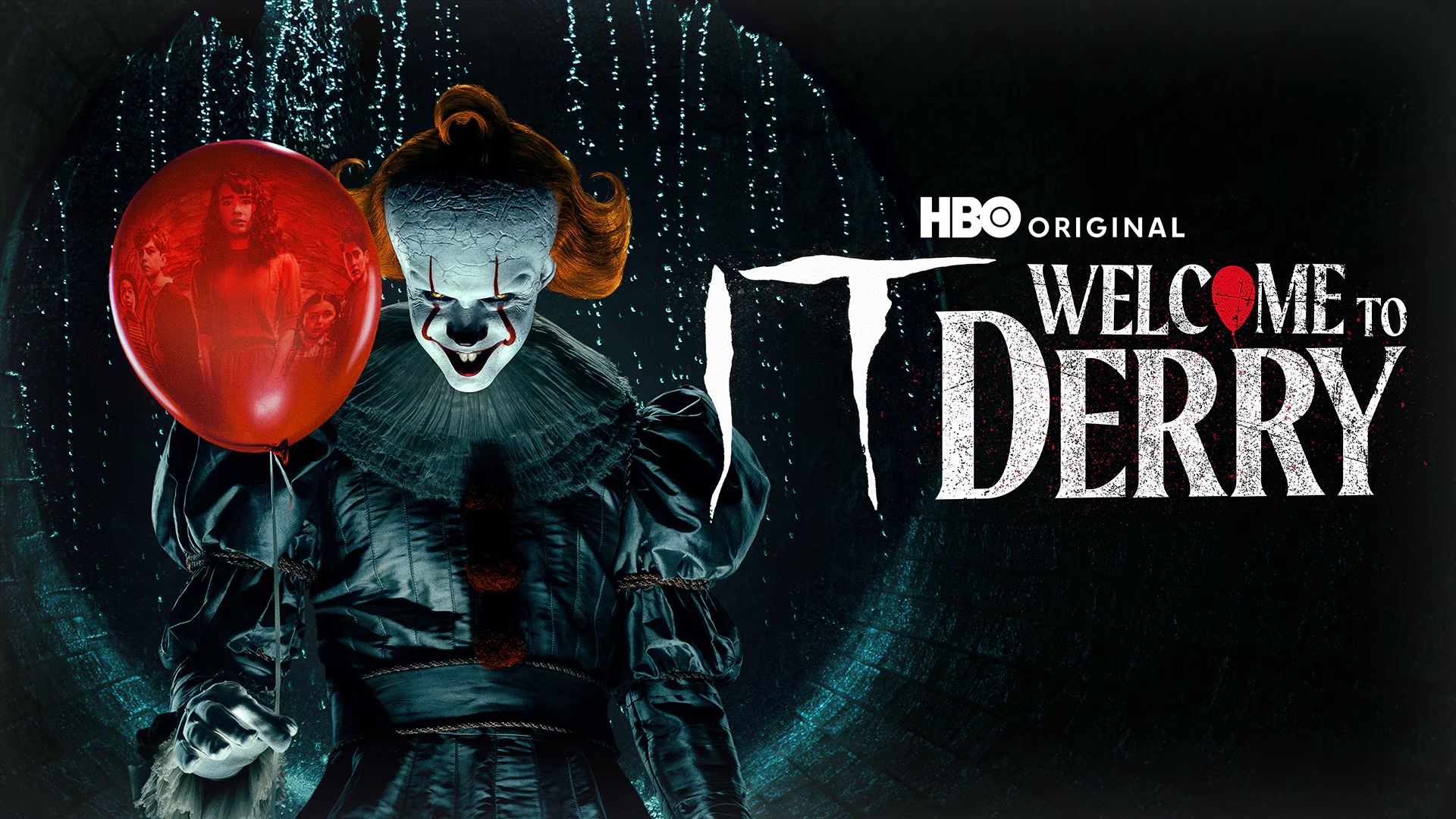
Watch This If You’ve Seen Every Horror Movie On Netflix
By Erin Whitten
If you are a horror fan, there’s a good chance you and Netflix have had more than one terrifying night together. Countless hours spent scrolling through a seemingly endless list of slasher classics, creepy supernatural stories, found-footage atrocities, and binge-worthy originals can add up, and before you know it, you’ve maxed out your Netflix horror content consumption without blinking. What if you’re that rare horror fiend who has seen it all? What if, even more disturbingly, you’ve become numb to it all? Where do you turn when everything from jump scares and gross-out kills to shocking twists and gruesome deaths have become old news?
Behold, Tubi. No one movie above all others stands out in Tubi’s roster for the simple reason that it will haunt you for days, weeks, and maybe even years for the sickening, stomach-churning way it so closely mirrors our very real and ugly world. Megan Is Missing is streaming for free, and horror fans will find a film that moves beyond the fake blood, fake screams, fake buildings, and fake deaths to offer something all too real…emotional catharsis.
What Makes ‘Megan Is Missing’ So Disturbing
Made in 2011 and directed by Michael Goi, Megan Is Missing doesn’t trade in the usual horror movie trappings of monsters or gory kills or haunted asylums. Rather, it is a decidedly non-supernatural, refreshingly realistic, and deeply upsetting tale about teenage life, the dangers of the internet, and how quickly the familiar can become frightening. In telling its story, the film employs the all-too-common found-footage style of filmmaking, zeroing in on the final days of Megan Stewart, a bubbly 14-year-old whose world quickly unravels after an online chat with a stranger, and Megan’s best friend Amy, who follows Megan into a series of mysterious encounters as she searches for her missing friend.
The discomforting thing about the film isn’t really what you see, it’s how closely it mirrors our own world. The film’s director, Michael Goi, based the film on real criminal cases of online predators and teen abductions, filming Megan Is Missing on low-resolution camcorder footage, computer-video chats, and grainy newscast reports, in turn heightening the documentary-style filmmaking that makes the whole experience viscerally unnerving.

A Viral Resurgence of TikTok and Trauma
After its initial release over ten years ago Megan Is Missing gained renewed attention in 2020 when TikTok users posted reaction videos showing their emotional responses to the film which became a massive trend with millions of views. TikTok users advised their followers to prepare themselves for the film’s graphic nudity and violent scenes alongside real-world dialogue-based interactions. Director Michael Goi himself would follow suit with his own public warning for would-be viewers to avoid watching the film alone at night, to mentally prepare for the last 30 minutes of the film, which feature some of the most graphic and emotionally traumatizing content of the movie.
No matter what your opinion on the film’s treatment of such sensitive and still-terrifying material, it’s hard to deny that its renewed virality rehashed one of the larger ongoing debates in horror fandom. Namely, is Megan Is Missing an example of horror done right? Or does it go too far and cross the line into pure fearmongering and emotional manipulation? There are strong arguments to be made for both sides, but either way, the film has a way of sticking with you.
Horror or Harm? The Debate Rages On
On one hand, critics have long had a love-hate relationship with the divisive Megan Is Missing, with many refusing to even cover it and a host of countries including New Zealand outright banning it. There are also folks in the horror community who vehemently dislike the movie for a number of reasons, some claiming it as pure torture porn, others taking issue with what they perceive to be emotional manipulation and over-dramatization of what is an unfortunately common problem of online predators targeting teenage girls. Hear me out, and this is key, it’s not trying to entertain you. It’s trying to disturb you. It succeeds.
The final act of the film, which I will mercifully not spoil here and which features extended scenes of both mental and physical torture, is by far the most challenging part of the film and, in some ways, the hardest to watch. Not because there’s some kind of psychological distance from the horror as there is in most films in the genre, nor is there some kind of clever villain to understand and appreciate as the madness unfolds. There’s no metaphor, no deep message, no catharsis or relief through laughter or storytelling as the credits begin to roll. Just the hard truth that, although you’re watching a work of fiction, its very premise is not fiction. It is real. Happens every day. So why would anyone subject themselves to a viewing of Megan Is Missing?
Disturbance by Design
The answer is simple. It challenges what horror is meant to be. It goes past the scares, past the trite blood and gore, past the dumb script devices and cartoonish villains. It tears back the curtain on what many of us expect from a horror film and exposes something far more uncomfortable. It’s not about the scares, it’s not even about the “thrill.” It’s just life, real life, brutal and sad and unexpected and gone in an instant. Unlike those whose lives have been taken or otherwise irrevocably altered by the kinds of real-life horrors Megan Is Missing presents, it is within your power to stop watching, to move past the screen, and walk away. If you’re a true horror completist and the kind of movie monster who has long ago scrolled through the entirety of the Netflix catalog and come to a screeching halt when confronted with the realization that nothing — absolutely nothing — on the service will give you the chills anymore then Megan Is Missing should be your next step.











